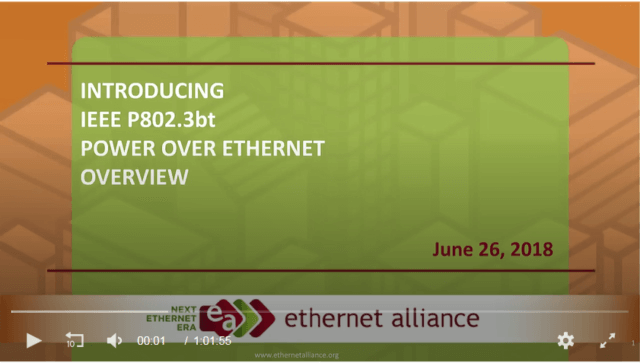Last week, Dell’Oro Group hosted a webinar with the NBASE-T Alliance about recent Campus Network updates. Spearheaded by users’ need for mobile connectivity everywhere, wireless LAN deployments are heralding in NBASE-T, particularly with the availability of the newest 802.11ax access points. Yet early indicators reveal that 802.11ax adoption is not following historic patterns.
Three disruptions are unfolding:
- 802.11ax access points will have an amplified impact on the Ethernet network as they connect into the Ethernet network with two ports rather than the traditional one port. One of the Ethernet ports will be either 2.5 Gbps or 5.0 Gbps. This will have a cascading effect through the network.
- The price premium for 802.11ax will be significantly lower than previous technologies. This suggests that adoption may be faster.
- China may not lag adoption.
Enterprise class 802.11ax access points with NBASE-T shift wireless LAN from being cannibalistic to Ethernet Switch market sales
The rate of migration of enterprise users away from desktop PCs to laptop and/or tablets has slowed. Some applications and functions, such as CADCAM, and laboratory work are most efficient on desktop PCs. Annual desktop PC shipments appear to be stabilizing.
Most Wireless LAN deployments now expand, rather than replace, the Ethernet network. Through our end-user interviews, Dell’Oro Group learned that the majority of wireless LAN deployments are in areas where Ethernet never existed, such as common areas in the Education sector, public areas in government buildings, museums, and shopping malls.
Wireless LAN access points have reached a significant level—annual shipments worldwide are in the tens of thousands of units—and they all need to connect to the Ethernet network. This has driven Ethernet switch port shipments. Previews of 802.11ax access-point configurations indicate that a single port of NBASE-T will be incorporated at all price points, from the highest end to the lower-mid-range products with one port 5.0 Gbps at the high end and 2.5 Gbps into the lower-mid-range products. We estimate that these segments capture approximately 50% of the market volume. 1 Gbps Ethernet will be the secondary port on high- and-mid-range product, and will dominate the low-end access points.
Wireless LAN will become an accelerator
As wireless LAN access points connect into the network at 2.5-and-5.0 Gbps, switches in the next layer of aggregation will likely need to be replaced with higher speeds. This will cause a cascade effect through the network. NBASE-T currently commands a price premium over 1 Gbps, which will have an accelerating effect on switch sales.
The penetration rate of 802.11ax will be much faster than previous technologies
Manufacturers are launching mid-range to lower-range 802.11ax products in addition to high-end. This contrasts with the product launch plans of previous technologies such as 802.11ac and 802.11n. The implications are much wider range of products will be available and price sensitive users will enter the market sooner. The price premium will be lower on the 802.11ax technology vs. 802.11ac. As a result, we predict 802.11ax will have a faster market penetration.
In our next blog, we’ll continue to explore another disruption – China may not lag adoption.
Related links:
 LED lighting, and more, the PoE application space is booming. With the ratification of IEEE 802.3.bt™ getting closer, the “Introducing IEEE 802.3bt™ Power over Ethernet” Webinar offers clarity on what to expect from this innovative technology.
LED lighting, and more, the PoE application space is booming. With the ratification of IEEE 802.3.bt™ getting closer, the “Introducing IEEE 802.3bt™ Power over Ethernet” Webinar offers clarity on what to expect from this innovative technology.